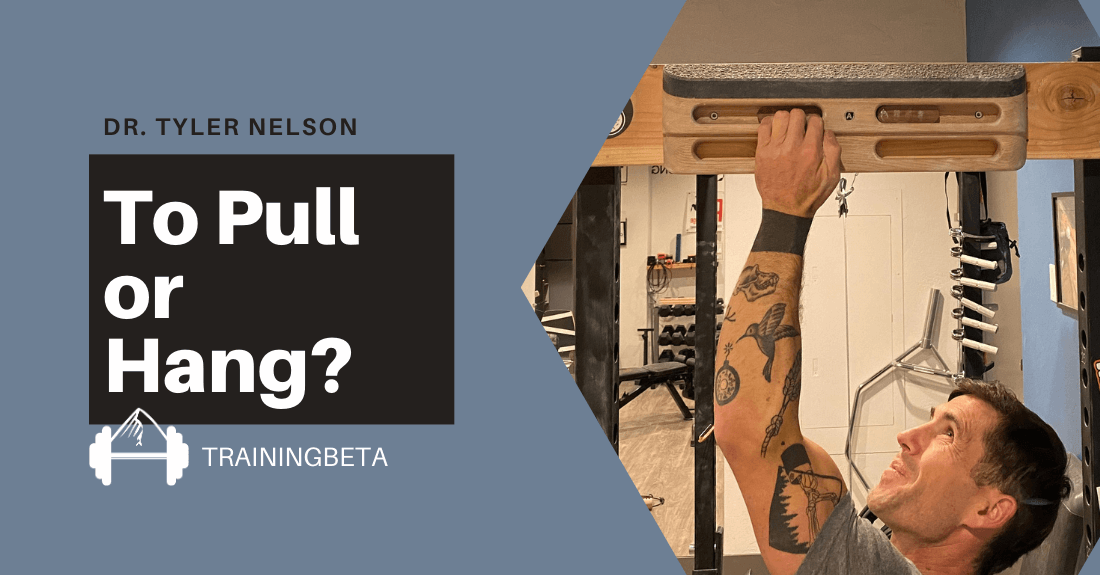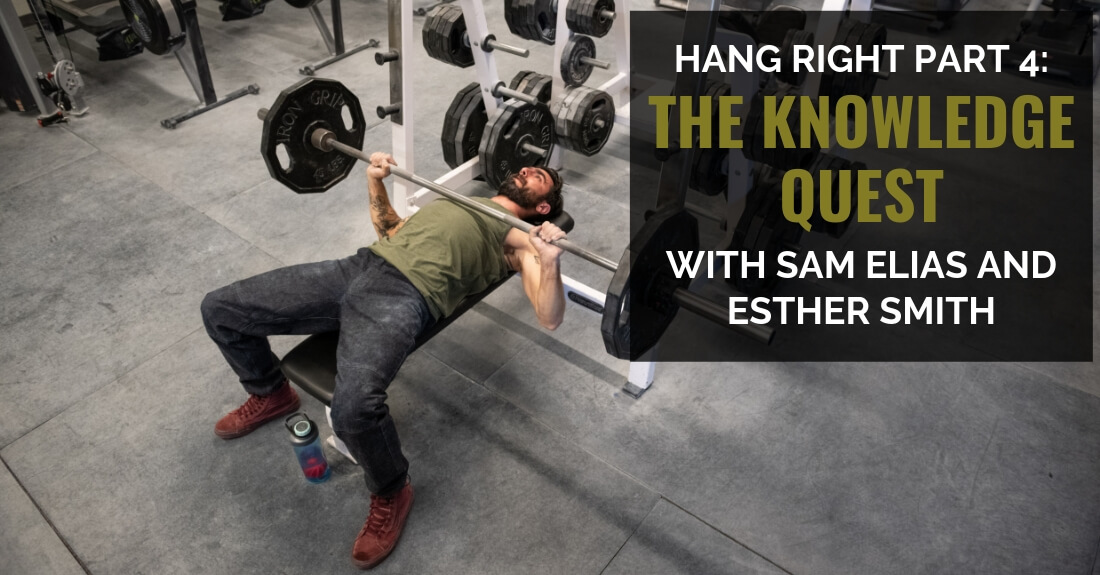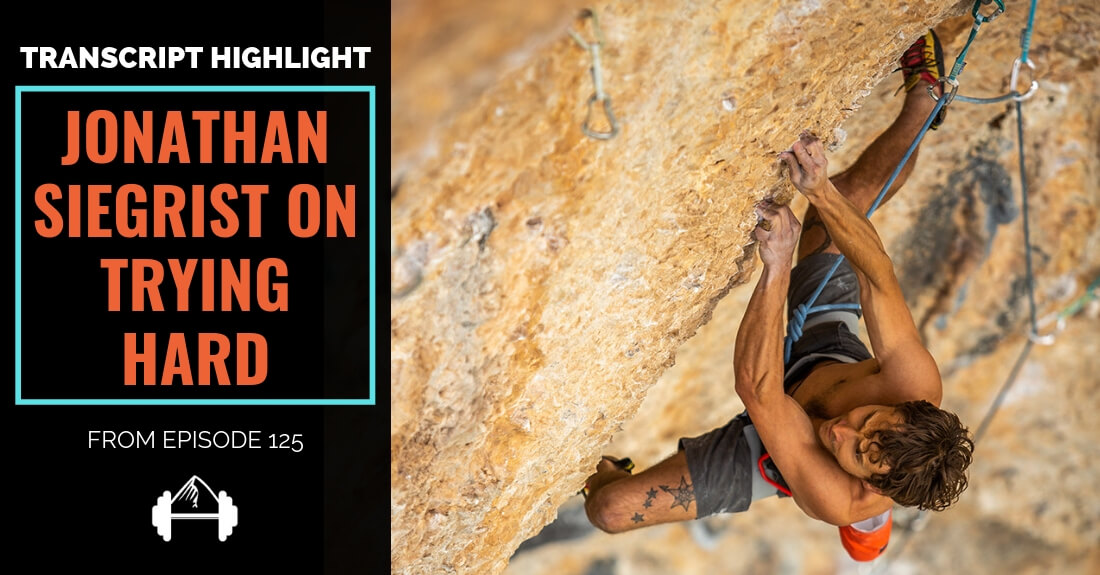This post was kindly written by Angie Payne, one of the strongest female boulderers in the world. Nevermind – she needs no introduction – you know who she is. Here’s her training history and evolution in her own words… (By the way, the burly photo above was taken in Hueco by Merrick Ales.)
Enter Angie…
First a disclaimer: I am definitely not an authority of any kind when it comes to talking about training. Now, another disclaimer: The majority of my 17-year climbing career has involved relatively little structured training.
I have always been a fan of the idea that the best training for climbing is climbing.
Laziness may be a contributing factor to this belief, but I think it mostly comes down to the fact that I love climbing. For 17 years, I have climbed. But climbing has rarely been the sole activity that occupies my time, so when I have time to climb, I want to climb. Sure, cross-training involves an abundance of movement, but it doesn’t take the place of climbing movement. That is the movement I relish most, which is probably one of the reasons I have never devoted a ton of time to “training” in the traditional sense of the word.
That being said, there have been times when I have decided to incorporate training techniques into my life as a supplement to climbing.
When I was younger and relatively new to the sport, I was religious about doing hang board workouts. I spent many a night in my garage trying to master the easy, medium, and hard workouts. Sometimes I wonder if this time spent on the hang board had a positive effect on my crimp strength, or if that is mostly genetic. When I wasn’t doing structured hang board routines, I could be found having pull-up contests with my dad. I’m relatively certain that I was able to do more pull-ups at the age of 12 than I can do now, so I am hesitant to judge the efficacy of high repetition pull up sessions as a training technique for climbing. However, I do believe that these mini competitions had value in that they taught me to push through fatigue.
Another form of “training” I engaged in regularly was doing laps on my home wall. At that time, I was almost exclusively a route climber, a fact that didn’t mesh perfectly with the bouldering wall in the garage. So, I decided I would simply do laps, back and forth and back and forth, often staying on the wall for 30 minutes. My hands got so beat up from the holds that I resorted to wearing bike gloves as I climbed. No joke.
Upon moving to Boulder, Colorado in 2003, I began climbing at The Spot on a regular basis.
At that time, Darren Flagg’s Animal Strength training program had a home on the upper balcony. So, naturally, I decided to try it out. Animal Strength was like nothing I had ever done before, because at that point I had basically zero cross-training experience. The workouts were comprised of various high-intensity exercises performed for short periods of time with short rests in between. Darren was a climber, but he was a weightlifter first and foremost, and his program wasn’t catered specifically to climbing.
Yes, there were some exercises that focused on hand and upper body strength, but the exercises didn’t utilize climbing zones of the gym (campus board, climbing wall, systems wall, tread wall, etc.). Animal Strength definitely made me physically stronger, in that I gained muscle, but I never could tell how directly this strength applied to my climbing. I did learn how to try hard and work through discomfort, and I found great value in that. The main problem, though, was that training made me so sore that I had to re-work my entire climbing schedule, and often found myself taking multiple days off of climbing just because I was too sore.
So, for a few years, I was back to the climbing-as-training-for-climbing routine. I accomplished a lot of personal goals in those years and even made some strides in my climbing.
Here’s a video of Angie on European Human Being V12.
Here’s a video of Angie’s FFA of No More Greener Grasses V12.
Here’s a video (link no longer available) of Angie on Automator, V13.
Then, about four years ago, I returned to competition climbing after a forced rest due to injury. I quickly realized that dynamic movement was becoming a more prominent theme in competitions, and I had better improve on that glaring weakness of mine if I wanted to keep up with my peers.
I have always had a very static, controlled style. But I knew I had become far too attached to it, and it was time to grow.
I also knew that working this weakness alone would not be nearly as efficient as getting help in doing so. Learning to be more dynamic would involve much more than simply becoming stronger. For this reason, I felt that getting help from someone who understood climbing movement would be crucial in my quest of learning to jump.
Finding that someone was the first challenge. I knew of some personal trainers, but I needed something more than that. I needed someone who knew me and my climbing style relatively well, and someone who would be capable of creating tools to help me become more dynamic in my climbing. I also needed someone who would be organized and would hold me accountable for showing up and trying my hardest. I chose a good friend of mine who fit the bill—Chris Danielson. Not only is Chris a very talented and experienced routesetter, he is also a talented climber with an excellent understanding of climbing movement. I knew that his routesetting abilities would be incredibly beneficial in helping me work my weaknesses. Chris also understood my climbing style very well from seeing me compete over the years. To top it off, he is one of the most organized people I know.
For many months, I worked with Chris on improving my weaknesses, and saw great results.
For me, having someone who understood my climbing and could articulate what I was doing wrong was very helpful. As expected, Chris’s routesetting ability was also invaluable, as he was able to make up boulder problems that targeted my weaknesses and also improved my onsighting abilities. Plus, being held accountable to try hard and put in full effort was good for me.
While I did do some leg strengthening exercises in the weight room, most of what I did happened on the climbing or systems wall. After much falling, frustration and time, I learned to be more dynamic and powerful on plastic. A defining moment in this quest came during the Teva World Cup in 2011. In the finals, there was a double dyno. I was intimidated when I first saw it, and I fell on my first few attempts. But then, with the energetic crowd cheering me on, I stuck the dyno and ended up finishing the boulder. It was a great moment for me.
Now, Chris happens to be my boyfriend, and while I still try to work my weaknesses, I no longer train with him in a highly structured way. However, I do frequently climb on boulder problems that Chris makes up for everyone during climbing sessions. I see this as a very valuable training tool because it helps me hone my onsighting skills and often highlights certain weaknesses that I could stand to improve. I have also found that climbing with people who have different strengths than I do and who push me is incredibly helpful.
My priority is always to climb as my main form of training. Sometimes I climb in the gym without a purpose other than to simply move. When I do focus my efforts, I choose types and styles of climbing that continue to help me improve weaknesses or meet specific goals.
How do YOU train? What’s worked for you?
Angie Payne: Boulderer, Midwesterner at Heart
 Angie Payne was born and raised in Cincinnati, Ohio, where she began climbing at the age of eleven. She spent the first five years of her climbing career doing junior sport climbing competitions before she began focusing on bouldering.
Angie Payne was born and raised in Cincinnati, Ohio, where she began climbing at the age of eleven. She spent the first five years of her climbing career doing junior sport climbing competitions before she began focusing on bouldering.
She moved to Boulder in 2003 to go to school at the University of Colorado, and quickly won three ABS National Championships and two PCA competitions during the 2003-2004 season. Over the next six years, Angela stood atop more than ten podiums as a top 3 finisher in bouldering competitions.
She doesn’t just crush inside, though — Angie has been a trailblazer among female climbers on boulders outside, too. Between 2004 and 2010, Payne did first female ascents of 17 V10-V12 boulder problems. In 2010, after climbing European Human Being (video) V12 and No More Greener Grasses V12, Payne completed The Automator , becoming the first woman in the world to climb a confirmed V13. These accomplishments earned her two Climbing Magazine Golden Piton honorable mentions and the 2007 Everest Award in Women’s Bouldering.
She currently lives in Boulder, Colorado. See her full bio here, and her website here.
**Photo courtesy Mountain Hardwear









Great article and accompanying photos! As someone who also cherishes static movement, I am realizing that a huge barrier in my climbing is dynamic movement. I was wondering if you might be able to share some of the exercises and pointers that were most helpful in your journey?
Thank you for your time, your story and accomplishments are inspiring!